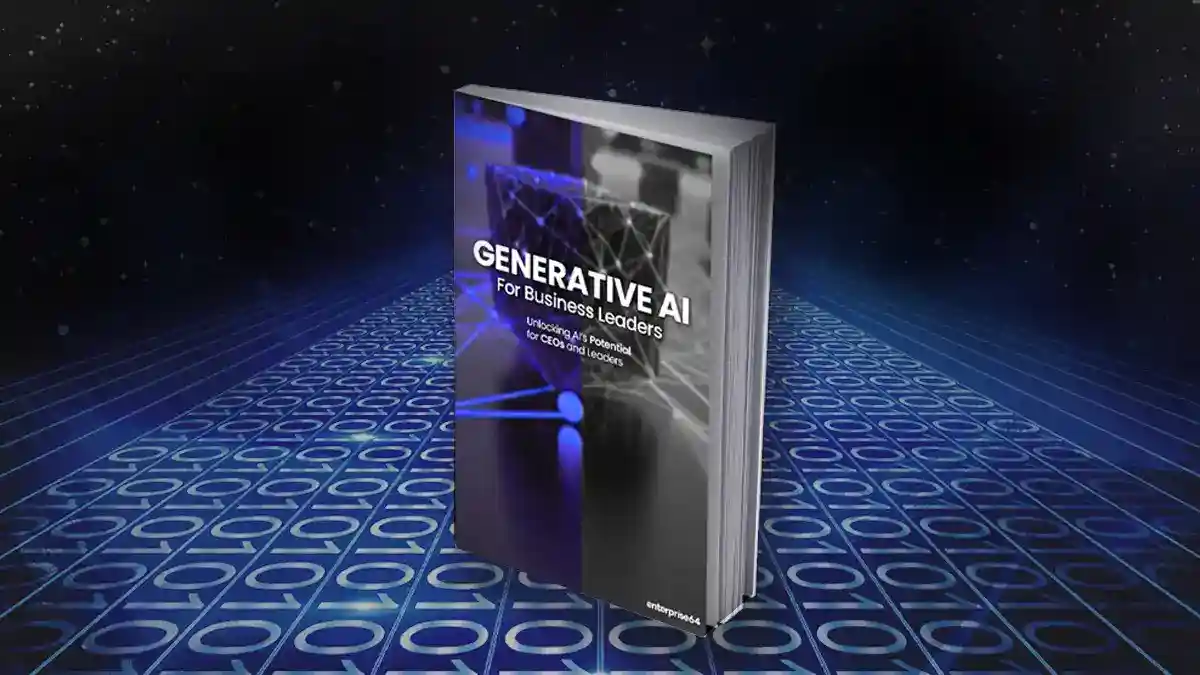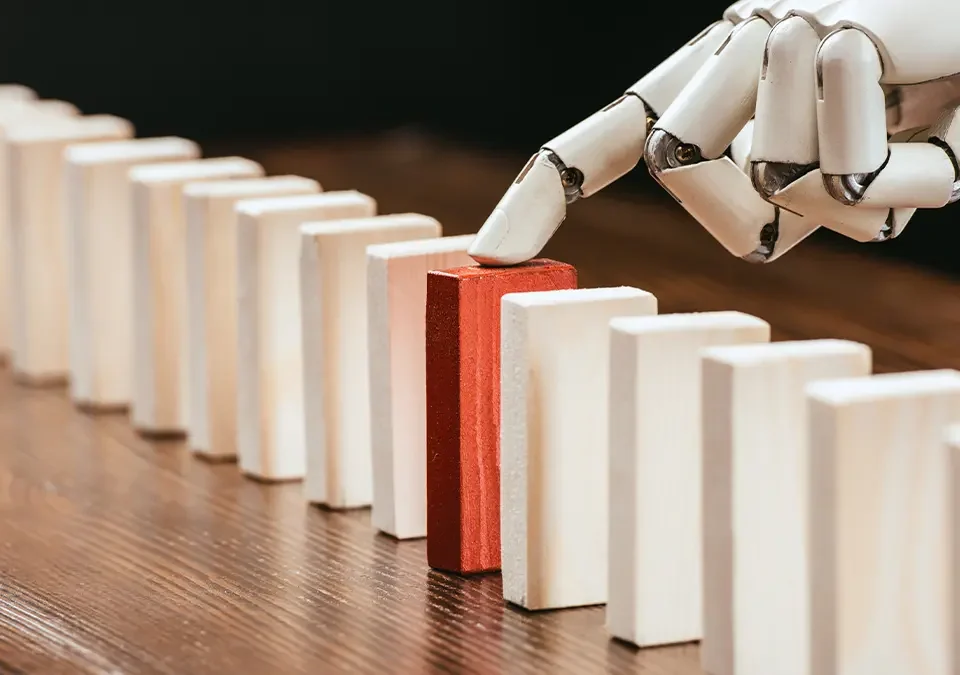Redefining customer satisfaction and operational productivity
With the global revenue of the AI software market expected to cross a staggering $126 billion by 2025, we can safely conclude that rapid product development, prototyping, and time-to-market continue to be the major contributors and adopters of the technology.
This brings us to the discussion on how artificial technology helps in product development, prototyping, and time to market.
Understanding concept development into reality
Over the past few years, AI has been a transformative technology that is revolutionizing industries and reshaping the ways we work. The case of swiftly transforming a brilliant concept into a full-fledged product is no different.
Although the traditional methods of building a product and market release are still effective and active, they often involve lengthy timelines, considerable costs, and high risks.
On the other hand, AI adds innovation and efficiency at the forefront of every product development project.
Artificial intelligence is changing how businesses develop, prototype, and bring products to market by processing large amounts of data, learning from patterns, and making decisions.
In this blog, I’ll discuss three major components in software project management: rapid development, prototyping, and time to market, and how AI is complementing each phase for better output.
How does AI help in development?
When we discuss concept creation in digital product development, AI offers plenty of tools and features to enhance ideation, research, design, and engineering. How does AI improve each aspect of the development phase?
Ideation and concept development
AI-driven tools like IBM Watson or OpenAI’s GPT can help corporate teams conduct brainstorming sessions, recommending new concepts and improvements based on market trends, data analysis, customer preferences, and emerging technologies.
Trend prediction and analysis
AI and ML models are smart enough to analyze data from social media, industry journals, and consumer behavior for trend predictions. The predictive capability helps teams and business owners understand which product ideas are not only creative but also market-relevant.
Research and data analysis
Artificial intelligence effectively processes large datasets, including historical data, competitors’ product details, and feedback to provide actionable insights. These insights can then be used to create product development and launch strategies and make data-informed decisions.
Tools like HubSpot and Salesforce Einstein gather and analyze customer data, helping you better understand your target audience and tailor your products and services accordingly.
Design and engineering
Nowadays we see tools like Midjourney and DALL-E, and even other names like Adobe Sensei, Looka, etc., design quality visuals and assist designers in crafting more innovative and accurate assets.
These AI-driven tools will suggest design improvements, automate repetitive tasks, and even make new designs based on given custom prompts.
Generative designs
Besides designing aesthetically pleasing visuals through smart prompt engineering, AI tools are also capable of going through different iterations and configurations of a product design to give you the most appropriate solution.
Such use cases are mainly popular in industries like aerospace, automotive, and manufacturing where generative designs matching specific requirements and limitations are vital.
Simulations and optimizations
AI can run complex, sophisticated simulations, including stress tests, predict failure points, and suggest design changes to examine the functionality and performance of a design under different circumstances.
Again, these types of use cases are mostly used in structural engineering projects but have gradually started to penetrate software development domains as well.
AI in prototyping
AI has proven to be a significant booster in prototyping in software development offering assistance to streamline processes, automate tasks, and develop full-scale prototypes.
Low-code/no-code prototyping
Consider the examples of low-code and no-code platforms like OutSystems, Appian, etc., which help developers build functional prototypes without complex coding.
These low-code and no-code platforms employ artificial intelligence to recommend code snippets, automate workflow generation, and acquire feedback on performance.
Take Microsoft Power Apps for example; besides delivering apps made with AI to modernize legacy applications, users can also create functional prototypes by using drag-and-drop elements and significantly reducing the time for initial development.
Code generation and assistance
GitHub’s Copilot, Amazon CodeWhisperer, OpenAI Codex, and similar tools help developers generate codes on natural language descriptions.
These AI-based code completion tools help speed up the coding process and quickly build prototypes.
For example, Copilot leverages publicly available code from GitHub repositories enabling users to access massive datasets and quickly develop code. Moreover, the platform will locate errors in code and suggest associated changes.
Performance simulation
AI tools can mimic various scenarios to see how software would function under different circumstances.
For example, AI-powered tools like TestCraft perform test automation activities and provide detailed insights into performance bottlenecks. Similarly, enterprises use NeoLoad to test APIs, prototypes, and applications.
AI for time-to-market
Time to market requires optimized project management, streamlined workflows and processes, improved supply chain, and well-thought product launch strategies. All the activities are accelerated by AI helping businesses speed up their time to market.
Natural language queries
Generative AI has massively helped natural language processing by making the entire process more precise and efficient.
Users can now simply input a query in NLP rather than modify search parameters and apply filters to generate valid results.
Backed by extensive and readily available data, users can now eliminate time-consuming manual searches.
Project and workflow management
Project management favorites like Jira, ClickUp, Asana, etc., apply AI algorithms to predict project timelines, identify potential loopholes and delays, and suggest relevant resource allocation.
For example, Jira can automate various tasks through a plethora of features allowing teams to efficiently manage their project correspondences and quicken time to market.
Predictive analytics
Meeting deadlines and predefined timelines is sometimes difficult, particularly when teams are involved in complex software development projects.
In such cases, AI examines the historical data, determines the probability of meeting deadlines, and suggests improvements to keep things on course.
For example, Microsoft, which has already been the top choice for analytics for most business owners, offers the components and capabilities of its Azure Machine Learning for managing the entire predictive analytics lifecycle.
Data scientists, SMEs, and market research specialists use the platform alongside other application development and RPA tools making it simpler to enable predictive analytics capabilities into business workflows and tools.
Supply chain and logistics
Tools like TeamCity, Jenkins, GitHub Actions, etc., use AI to enable CI/CD pipelines by automating code integration, testing, and deployment. AI streamlines the workflows for faster and more reliable releases.
For example, with Travis-CI’s focus on coding less and deploying more, users can exercise a high degree of control over the development environment, optimize build processes, resolve conflicts, and do more to speed up the development cycle.
Moreover, AI can manage product release management and optimize release cycles, ensuring the updates are rolled out timely.
For example, LaunchDarkly, CloudBees, Flagship, and other software delivery tools allow development teams to exercise feature management and more control over their deployment and releases.
Marketing and launch
Besides helping development teams, AI helps digital marketers analyze the data to create targeted marketing campaigns.
Platforms like HubSpot, Google Ads, etc., leverage AI to customize their marketing activities using behavioral data and preferences.
For example, HubSpot’s marketing automation features can segregate audience personas, personalize content, and set the right campaign timing leading to faster and more effective marketing campaigns, eventually leading to quicker customer acquisition for new digital tools.
Post-launch optimization
AI is also competent enough to determine the right time for software launch by analyzing market trends, and user feedback based on the prototypes, and competitors’ data.
The purpose is to bring quick user adoption and put maximum impact on the market. Tools like Semrush, Surfer SEO, and others analyze your content strategy and market trends.
The data gathered assists companies in calculating the best time for market launch ensuring maximum prominence and engagement.
Conclusion!
This concludes our discussion on how artificial intelligence is transforming product development, prototyping, and time-to-market jobs.
Using AI can help businesses expedite ideation, improve design and engineering, streamline prototyping, and optimize project management and product launch strategies.
The rapid advancement won’t only reduce costs and alleviate risks but also encourage market-relevant products and faster customer acquisition.
AI is continuously evolving, embodying the very idea of perpetual advancement. By adapting to AI technology, business leaders and technical personnel can gain an early advantage and become active participants in its evolution.










